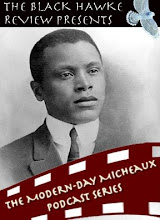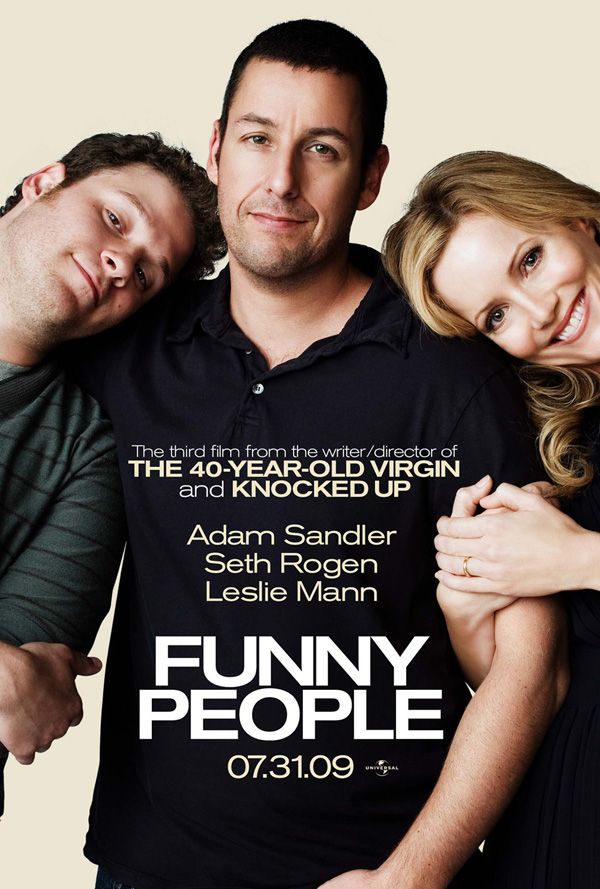 The film that no doubt inspired countless of dancers today. West Side Story is the 1961 adaptation of the Broadway musical, which in itself is adapted from Shakesphere’s Romeo and Juliet. Think Romeo and Juliet in the Bronx, but replace complicated English language with fancy, but express dance moves and American 20th Century complications. Basically, a coveted street in Manhattan is fought over by two rival gangs: The Jets, made up of the street's white population, and The Sharks, comprised of Puerto Rican Americans. At a school dance, two opposing members fall in love, but have to deal with their warring crews before they can be happy.
The film that no doubt inspired countless of dancers today. West Side Story is the 1961 adaptation of the Broadway musical, which in itself is adapted from Shakesphere’s Romeo and Juliet. Think Romeo and Juliet in the Bronx, but replace complicated English language with fancy, but express dance moves and American 20th Century complications. Basically, a coveted street in Manhattan is fought over by two rival gangs: The Jets, made up of the street's white population, and The Sharks, comprised of Puerto Rican Americans. At a school dance, two opposing members fall in love, but have to deal with their warring crews before they can be happy. Watching this in 2009 and knowing it’s from 1961, you can tell the dancing was ahead of its time. The movie, in a way, redefines stereotypes of musical much the same way ONCE did in 2007. Musicals don’t have to be the flashy, glitzy, over-produced attractions like Dreamgirls and Moulin Rouge. Here, West Side Story is very gritty. A mostly masculine musical with dancing incorporated into combat. At the end of the prologue above, you can see them puree into the fight. Unforunately, it has its cheesy parts. The scenes with Tony & Maria (the star-crossed lovers) come off as boring, too-cutesy, and contrived, but does appeal to the romantics who actually believe in love at first sight.
I prefer the Sharks and Jets complicated dance scenes. Just how they show off their moves and can still be men. I’m also amazed on how the songs incorporated real world messages and/or debates. In the clip below, “Cool” they shift from singing about staying calm and cool in front of the cops to not buckling under pressure when going through hard times.
CULTURAL INTROSPECTION:
A question came up in a screenwriting podcast I was listening to. The listener asked if to make a movie timeless, do you have to edit out anything that will date it like things going on in the world at that time. The podcaster said the exact opposite. That what makes a movie timeless is that what was going on at that time is still happening and will most likely always be a problem we’ll have to deal with. Under that definition, West Side Story is timeless. The message of the film is obviously the ignorance of gang violence. The Sharks and Jets have no real differences except races. Both experience hardships, but are so bent on exhibiting superiority over the other they refuse to see it. A lot of gang violence today is the same, even between gangs of the same race. I remember Spike Lee’s School Daze where the Gamma Rays and Gamma Phi Gammas fight over the lightness or darkness of their complexion. In a way, this nation was built from senseless gang violence. The dominance of the Italian Mafia in the late 19th century, or even the English fighting the Native Americans over land instead of trying to co-exist.
THE BLACK PERSPECTIVE:
One of the more famous scenes from the movie deal with The Sharks discussing the pros and cons of abandoning Puerto Rico for America.
Blacks have contemplated the same thing, asking is it better to stay where you’ll always be discriminated against or go back to a homeland that is tarnished. It’s a personal choice, one that complicates many mixed emotions dealing with identity and familiarity. For African-Americans today, it’s a bit more complicated. Things have gotten better in America and some feel to abandoned rights that so many people have fought and died over is disrespectful. Also having been born in this country, one’s identity, whether they see themselves a member of the black community or a citizen of the American people is an issue. Many Africans refute African-Americans claiming the homeland, so whether one would be welcomed is another issue.
EXTRAS:
West Side Story won 10 Academy Awards out of the eleven it was nominated for. This includes Best Picture and Best Supporting Actor and Actress for Geroge Chakiris and Rita Moreno, the two Puetro Ricans arguing in the America song. There are many culrural references from the movie in today’s pop culture. Both Michael Jackson’s Beat It & Bad were inspired from the movie. As is Santana’s Maria Maria, named after the lead female, Maria. In Anchorman, the news teams rumble under an overpass just like in the film. In Adam Sandler’s Anger Management, the song “I Feel Pretty” is used as a repeating gag. The song is also from the film.
RATING:
 = 3 Black/Puerto Rican Fists
= 3 Black/Puerto Rican Fists














.jpg)
No comments:
Post a Comment